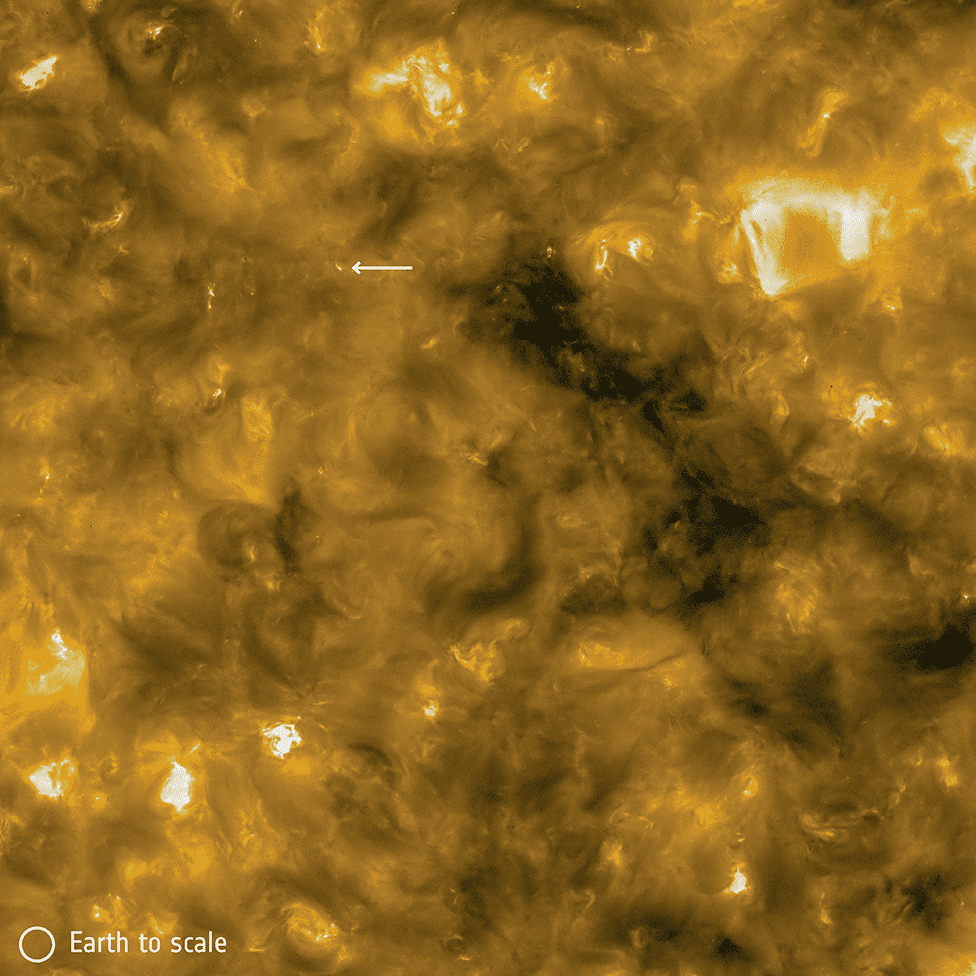
Earlier this year, while the coronavirus was just a frightening omen confined to Wuhan, NASA and the European Space Agency (ESA) launched the Solar Orbiter. The spacecraft’s primary mission is that of studying the sun in unprecedented detail. While there is still much to do, the Solar Orbiter is already providing a delicious treat — the closest image of the sun yet.
“These unprecedented pictures of the Sun are the closest we have ever obtained,” said Holly Gilbert, NASA project scientist for the mission at NASA’s Goddard Space Flight Center in Greenbelt, Maryland. “These amazing images will help scientists piece together the Sun’s atmospheric layers, which is important for understanding how it drives space weather near the Earth and throughout the solar system.”
“We didn’t expect such great results so early,” said Daniel Müller, ESA’s Solar Orbiter project scientist. “These images show that Solar Orbiter is off to an excellent start.”
‘Campfires’ on the sun
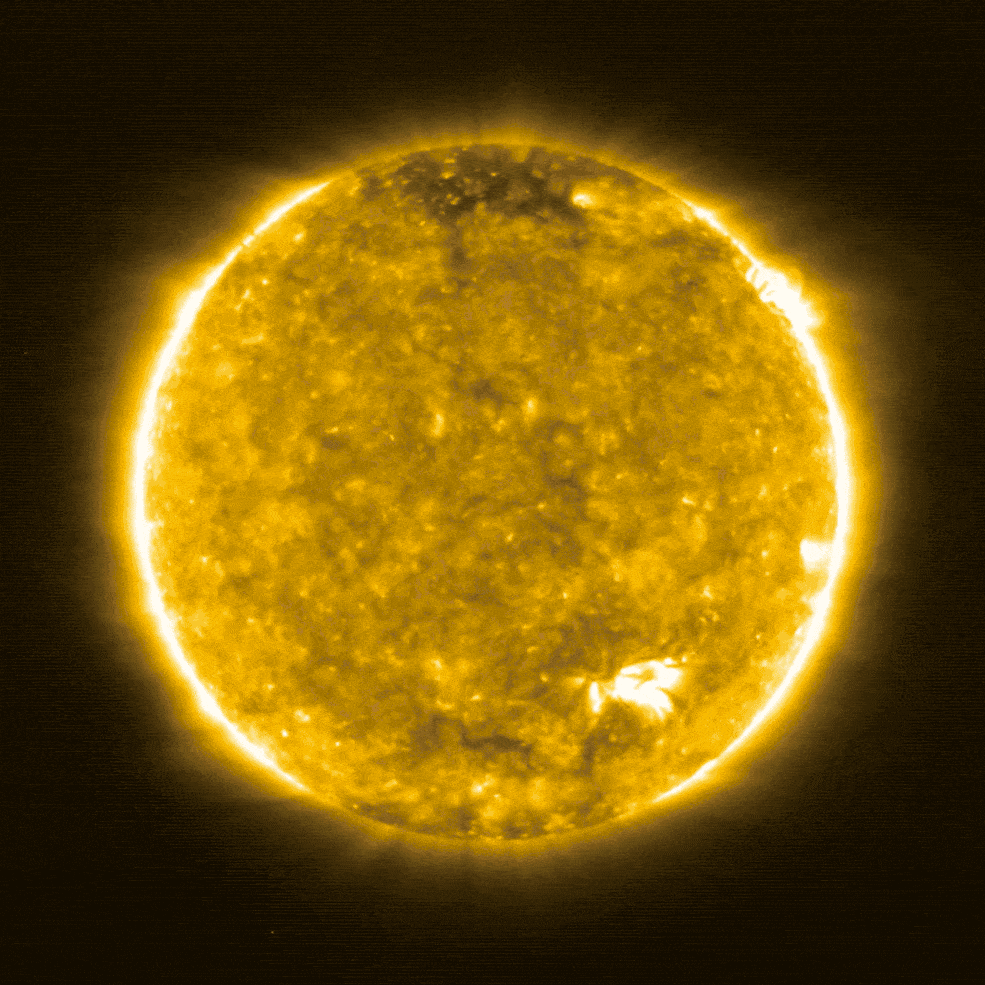
The Solar Orbit mission got off to a rocky start after the pandemic forced the mission control at the European Space Operations Center in Darmstadt, Germany to close down completely for more than a week. The lockdown coincided with the mission’s commissioning phase, a highly delicate period when all instruments on board the spacecraft have to be calibrated and extensively tested.
All but essential personnel had to work from home, but despite having to perform critical operations remotely, the space engineers were up to the task.
The spacecraft completed its commissioning just in time for its first close flyby of the sun on June 15. At that time, Solar Orbit was just 45 million miles away from the sun’s surface, and mission control snapped a picture using six imaging instruments — each of which studies a different aspect of solar activity.
For instance, the Extreme Ultraviolet Imager (EUI) recorded data that reveals solar features in unprecedented detail.
Some of these features include so-called “campfires” dotting the surface of the sun.
“The campfires we are talking about here are the little nephews of solar flares, at least a million, perhaps a billion times smaller,” said David Berghmans, an astrophysicist at the Royal Observatory of Belgium in Brussels and principal investigator of the Solar Orbit mission. “When looking at the new high-resolution EUI images, they are literally everywhere we look.”
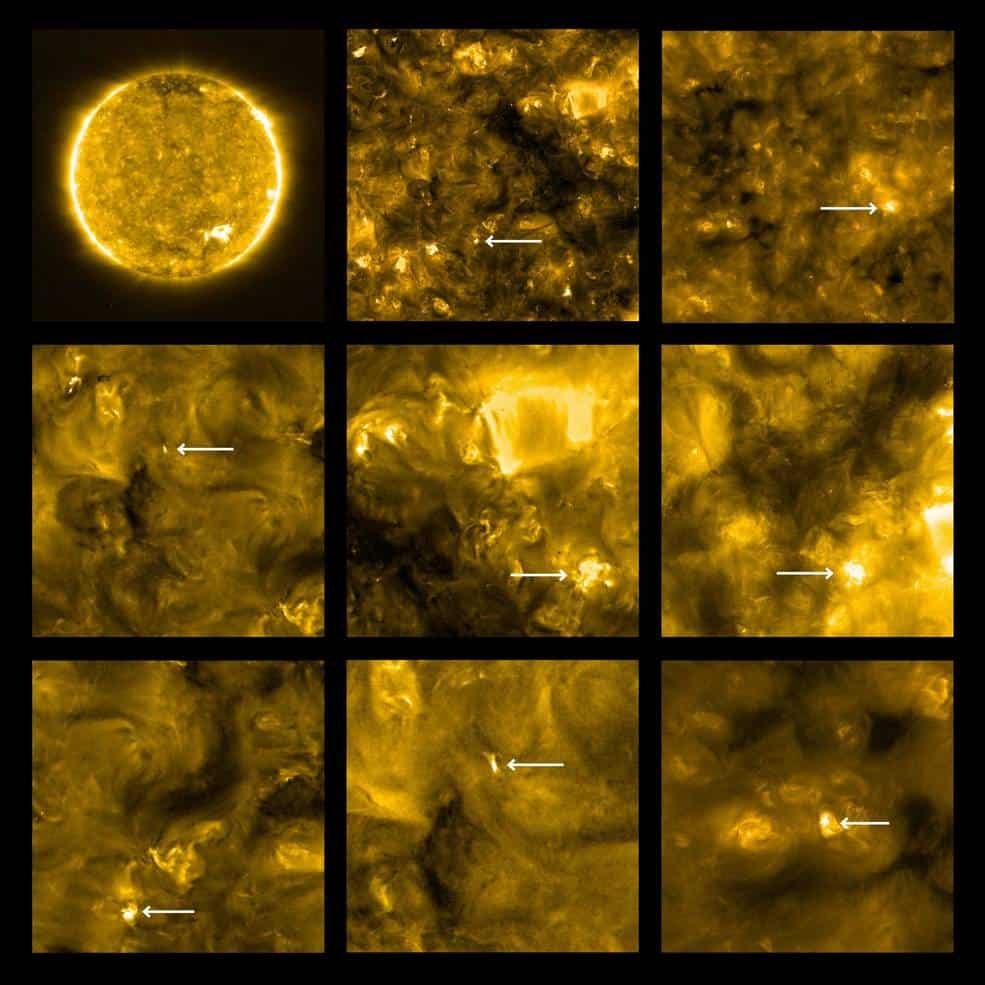
Berghmans and colleagues aren’t sure what these campfires are or what their role is, but they have some ideas. It’s possible, the researchers say, that these features are nanoflares — mini-explosions that may help heat the sun’s outer atmosphere, known as the corona.
The corona is about 300 times hotter than the sun’s surface. If that makes absolutely no sense to you, you’re not alone. This is one of the biggest paradoxes surrounding solar activity, which scientists are still trying to figure out. The Solar Orbit mission, along with NASA’s Parker Solar Probe, is tasked with dispelling this mystery.
“So we’re eagerly awaiting our next data set,” said Frédéric Auchère, principal investigator for SPICE operations at the Institute for Space Astrophysics in Orsay, France. “The hope is to detect nanoflares for sure and to quantify their role in coronal heating.”
Besides these intriguing solar features, the spacecraft also revealed zodiacal light — a very faint light from the sun which is reflected off interplanetary dust. Normally, the bright face of the sun obscures zodiacal light, but the spacecraft’s Solar and Heliospheric Imager (SoloHi) captured a perfect zodiacal light pattern. To see it, the instrument reduced the brightness of direct light from the sun by a factor of one trillion.
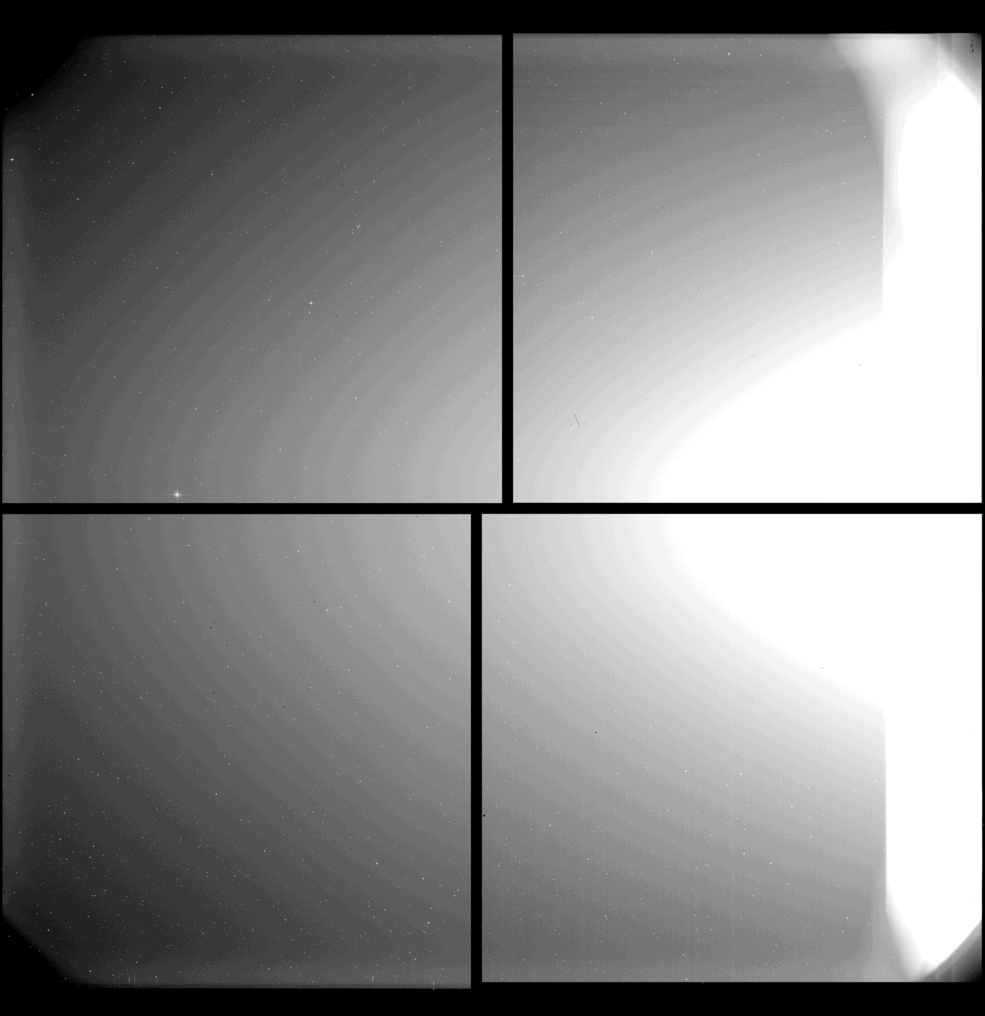
Next, pictures captured by the Polar and Helioseismic Imager (PHI) shows the sun’s poles and mapped their magnetic field.
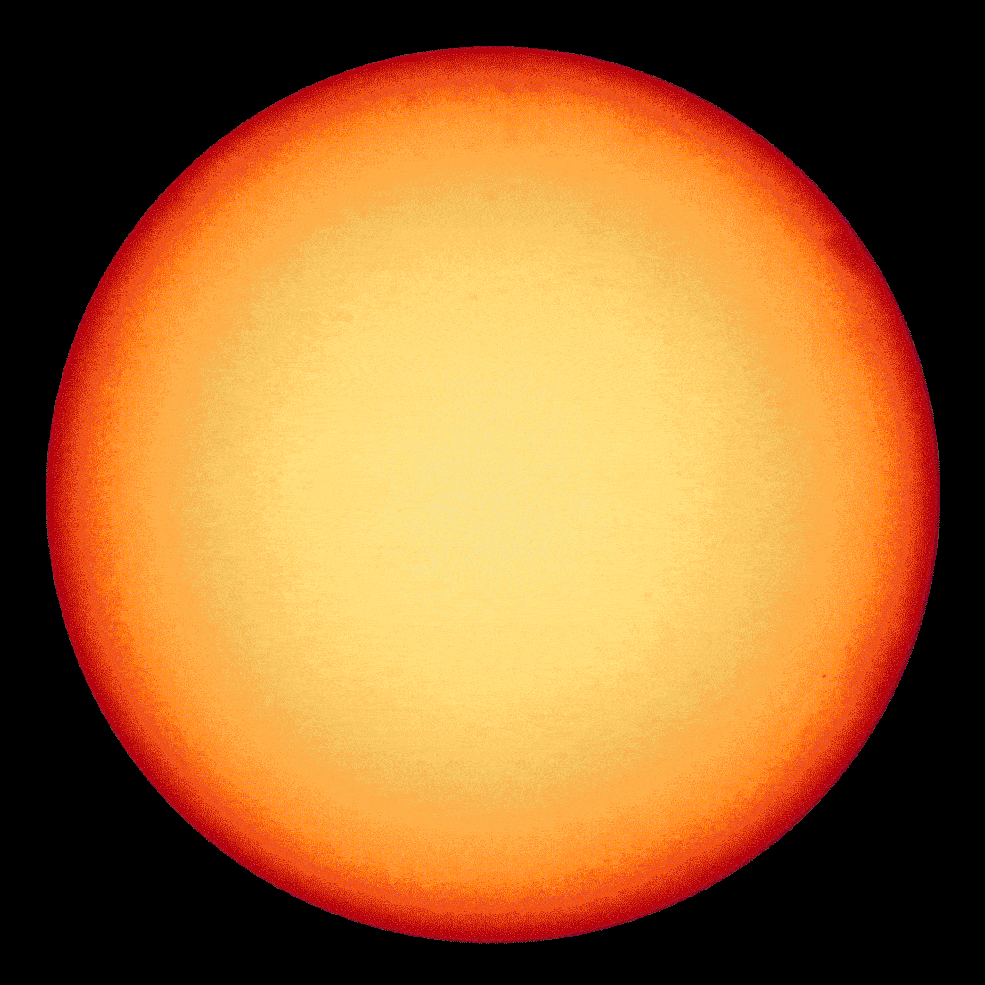
All these images and much more, including videos and raw data, are available at the ESA website.


